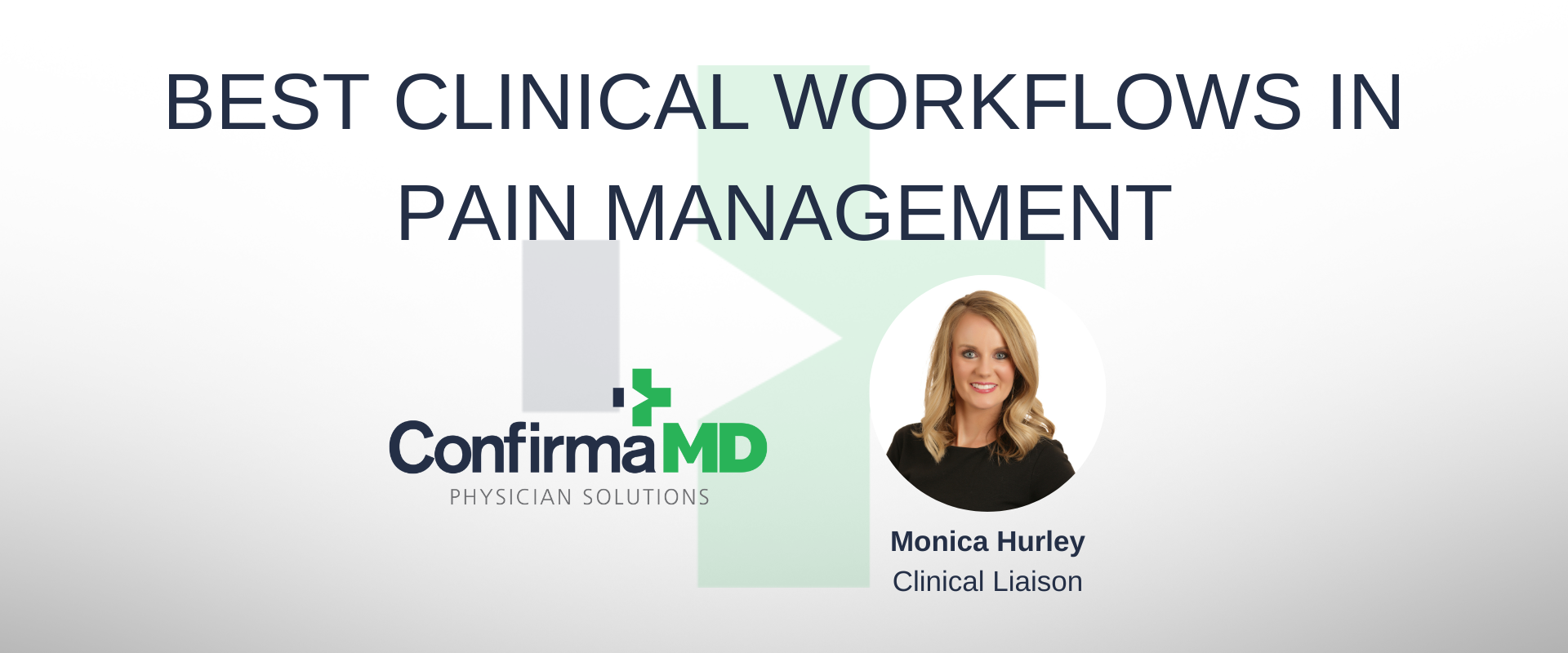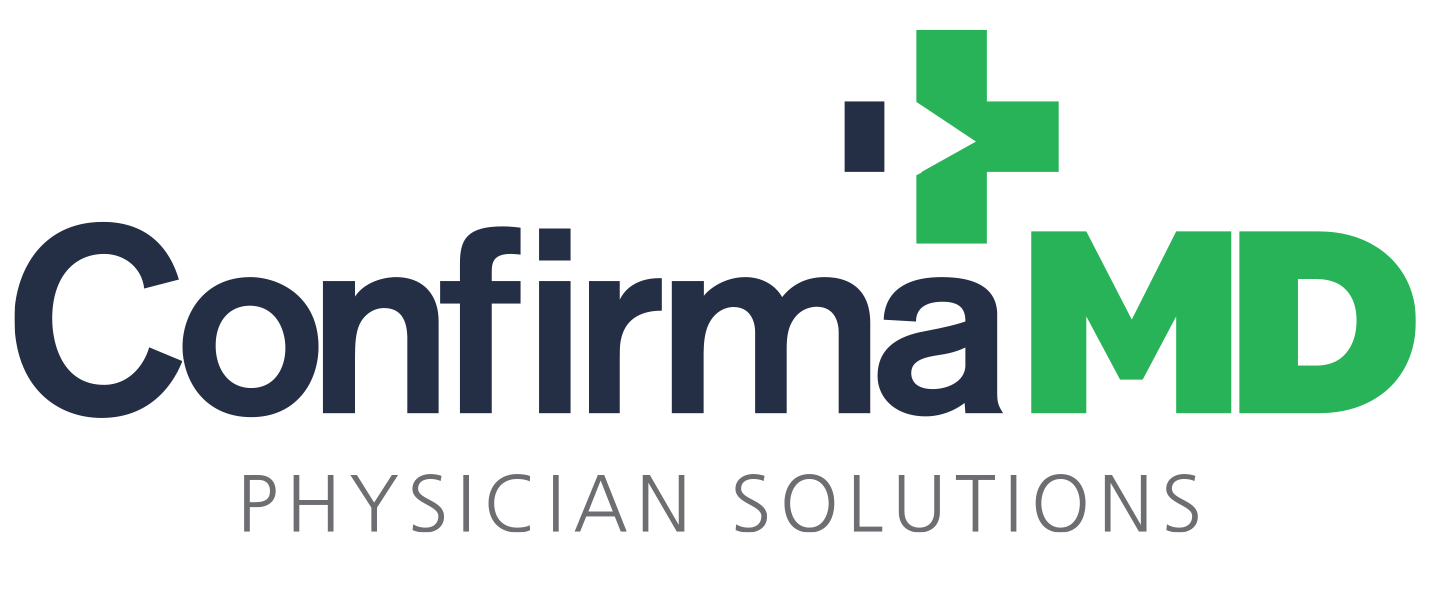

Pain management practices must establish efficient and patient-centric clinical workflows with the increasing prevalence of pain-related conditions. By optimizing these workflows, providers can streamline processes, enhance patient care, and achieve better outcomes. Let’s explore some of the best clinical workflows in pain management practice that can contribute to improved patient experiences and overall treatment success.
Comprehensive Patient Assessment
Conducting a comprehensive patient assessment is the first step in establishing an effective pain management workflow. This involves thoroughly evaluating the patient’s medical history, including any underlying conditions, previous treatments, and medications. Additionally, conducting a detailed physical examination and pain assessment is crucial, considering factors such as pain intensity, location, duration, and impact on daily activities. Clinicians can then make informed decisions and tailor treatment plans to individual needs.
Multidisciplinary Approach
Pain management often requires a multidisciplinary approach involving a team of healthcare professionals with different specialties. Collaborating with specialists such as physiotherapists, psychologists, pharmacists, and social workers allows for a holistic approach to patient care. Coordinated efforts and shared expertise facilitate the development of comprehensive treatment plans, which may include a combination of pharmacological, interventional, physical, and psychological therapies. Effective communication and regular team meetings ensure seamless coordination and efficient workflow.
Personalized Treatment Plans
Every patient’s experience with pain is unique, making personalized treatment plans essential. Once the patient assessment is complete, healthcare providers can leverage evidence-based guidelines and clinical expertise to create an individualized care pathway. This may involve a combination of pharmacotherapy, physical therapy, surgical intervention, psychological interventions (e.g., cognitive-behavioral therapy), and lifestyle modifications. Regular reassessment and adjustment of treatment plans based on patient response are crucial.
Integrated Health Information Systems
Implementing an integrated health information system is vital in enhancing clinical workflows within pain management practices. By utilizing best-in-class electronic health records software (EHRs), such as athenaHealth, providers can access comprehensive patient information, streamline documentation, and track treatment progress efficiently. Integration with diagnostic imaging systems and prescription monitoring programs allows seamless information exchange, reducing redundancies and improving overall efficiency. These systems also facilitate data-driven decision-making, quality assessment, and research opportunities. Leveraging technology solutions like mobile apps or patient portals can enable patients to access educational materials, track their progress, and communicate with providers conveniently.
Practice Providers, Administration and Staff
Maximizing staff capabilities and establishing clear expectations for office staff within the practice is crucial. You can achieve efficient clinical workflows by empowering office staff to take on tasks that do not require the direct involvement of healthcare providers. Setting clear expectations and providing appropriate training is vital to maximize staff capabilities. Clearly defining roles and responsibilities ensures that each staff member understands their role in the workflow and can perform their tasks efficiently. Regular communication and feedback between healthcare providers and office staff help address challenges, improve processes, and foster a collaborative work environment.
Implementing the best clinical workflows in pain management practices is essential for optimal patient care. Practices can elevate their quality of care by adopting comprehensive patient assessments, embracing a multidisciplinary approach, personalizing treatment plans, and fostering collaboration within a health management team. These workflows contribute to improved patient experiences, better treatment outcomes, and a holistic approach to pain management.
Monica Hurley is the Clinical Liaison for ConfirmaMD, and Executive Director of Clinical Operations for Commonwealth Pain & Spine. She is tasked with creating, updating and maintaining standard clinic protocols, assisting the Compliance/Legal department in ensuring 100% clinical compliance and uniformity of clinical decision making across the portfolio of offices, staying current with clinical best practices, rules, and regulations and is the trusted source of truth for all clinical operations. She previously managed operations for Advanced Pain from 2006 to 2017, where she was intimately involved in all aspects of clinic workflow – running procedure suites, scribing, medical assisting, personnel supervision, inventory and supply management, front desk operations, payroll and more.
Clinical Liaison, Monica Hurley
Learn something valuable to your practice?
Stay notified of when we publish new blogs:

